This year the European Union will spend around seven million Euros on video game development. Is this sizeable sum likely to be expended wisely? Having looked at some of the games Brussels has helped fund in the past, I have doubts.
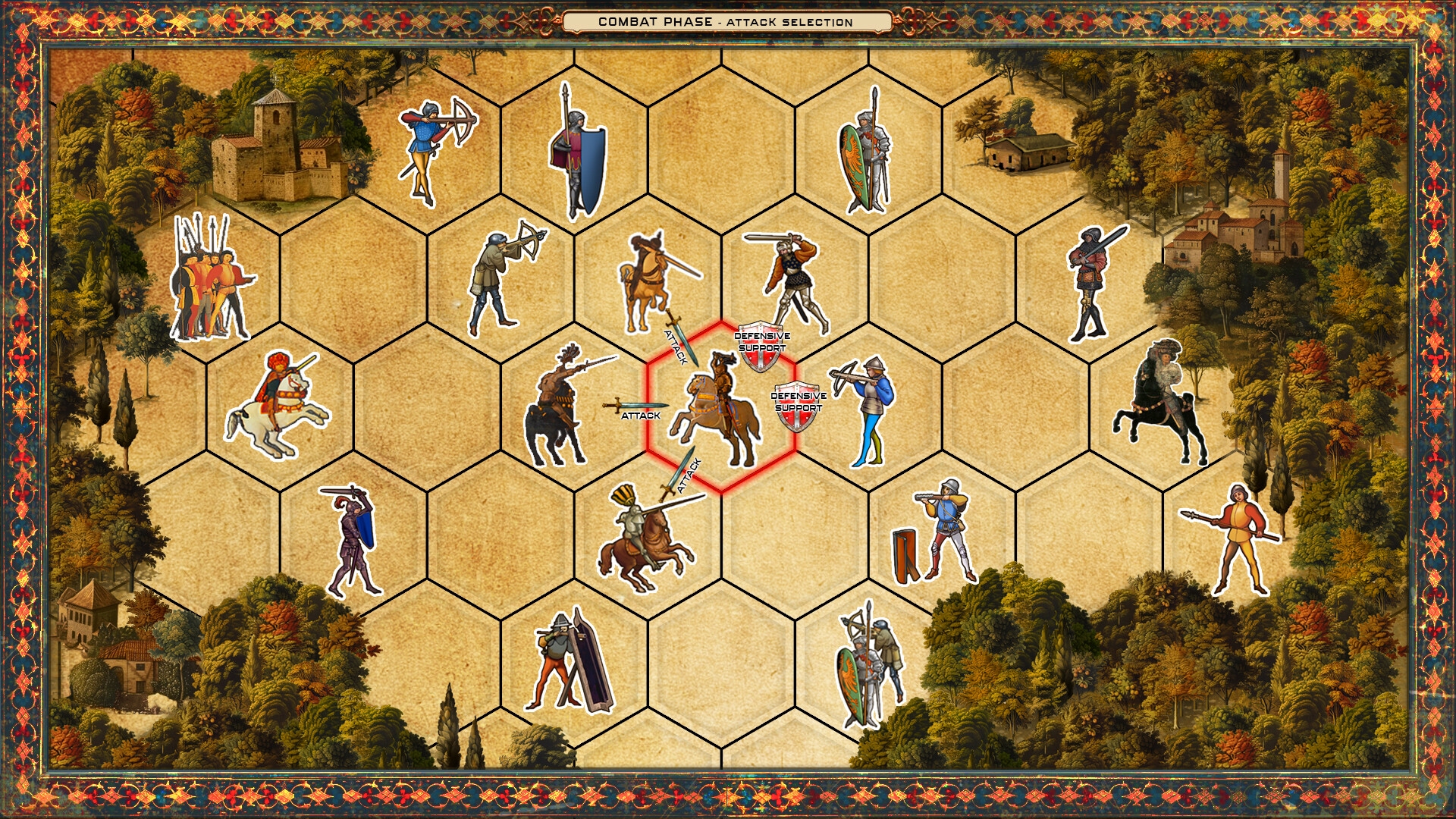
One evening last week I found myself perusing the Steam page of Homini et Armi: The End of Knights, an upcoming turn-based tactical game based on “authentic 15th century economic-military texts”. AgeofGames, the Italian studio behind this intriguing oddity, sound almost as interesting as the project itself…
“We’re often in conflict with everything and everyone (even ourselves), and launch ourselves into projects similar to desperate battles in which one tries to fight against the chaos of existence. We believe that history and culture are games and not the other way around.”
…but internet searches inspired by the star-spangled Creative Europe MEDIA logo in the game’s sidebar, eventually swept all thoughts of disputatious devs and Renaissance battlefields from my mind.
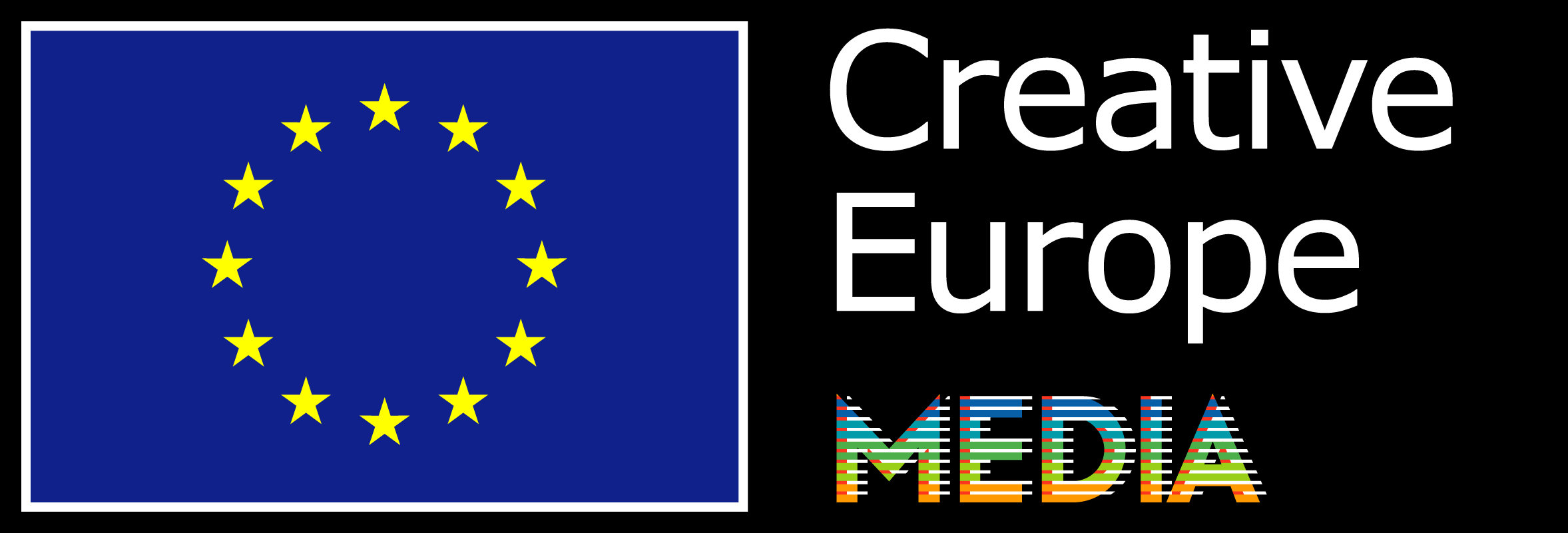
Currently, the over-arching goal of the EU’s Creative Europe programme is to “safeguard, develop and promote European cultural and linguistic diversity and heritage” and “increase the competitiveness and economic potential of the cultural and creative sectors, in particular the audiovisual sector”. The substantial sums periodically pumped into the Union’s video game industry via the programme’s developer grants, are intended to “increase quality, appeal, feasibility and cross-border potential for selected projects” and ensure devs gain a “stronger position on the European and international market”. Are any of these goals being achieved? Are Europe’s hard-pressed taxpayers getting value for money? Based on the armchair recon I’ve conducted over the past few days, I strongly suspect the answer to both of those questions is “Nobody really knows”.
One thing is clear from examining the lists of projects previously funded by the EU – when it comes to interactive entertainment, the cash distributors in Brussels wouldn’t know a hot prospect from a hole in the ground.
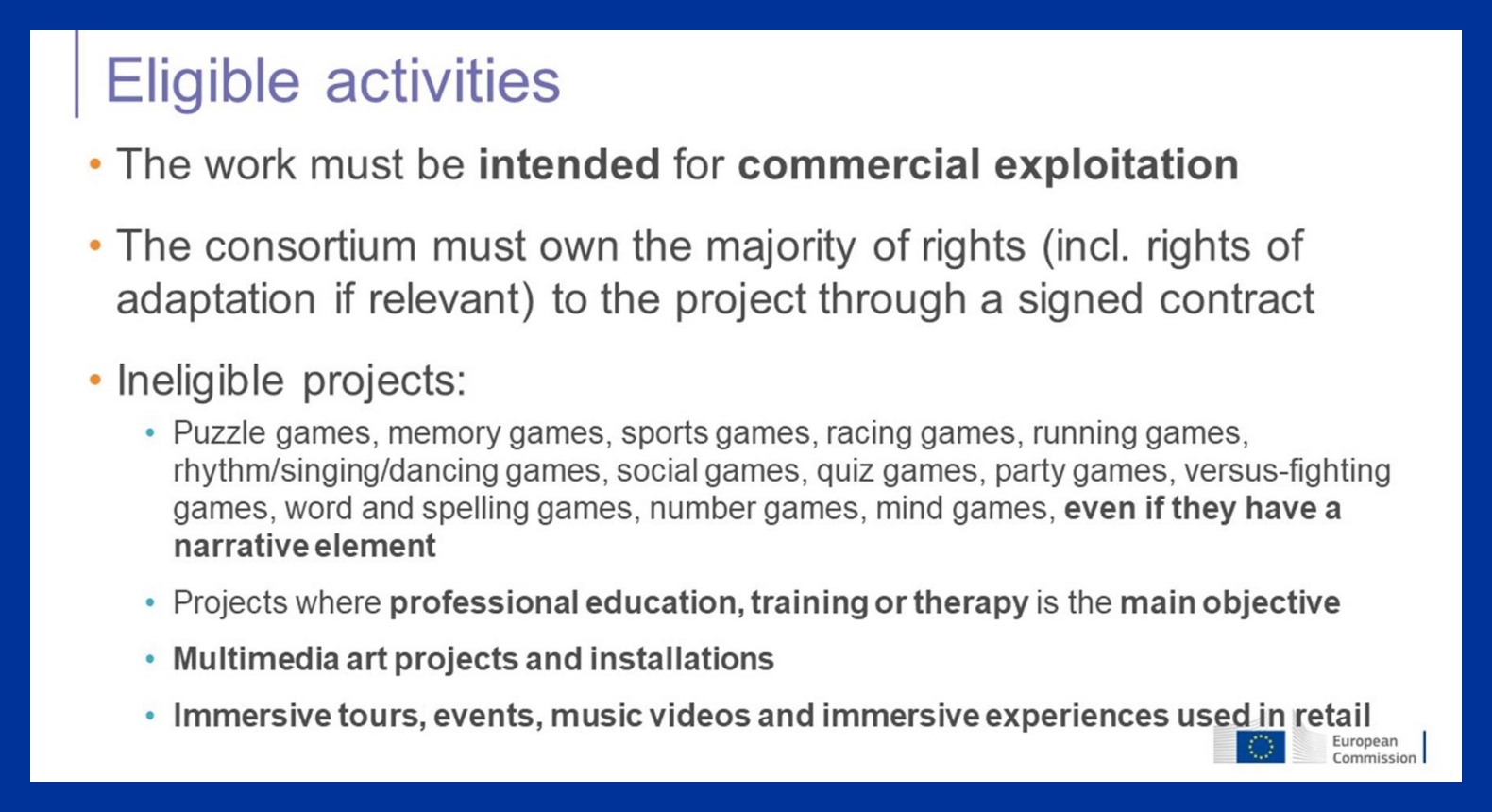
The EACEA’s bizarre obsession with ‘narrative’ and irrational hostility towards certain genres and play elements (more on which in Part 2) may partially explain why so few sims and wargames end up on grant lists like these. However, it doesn’t explain why the lists are chock-a-block with titles that never reach the finish line, and projects that seem to do little or nothing to “safeguard, develop and promote European cultural and linguistic diversity and heritage”.
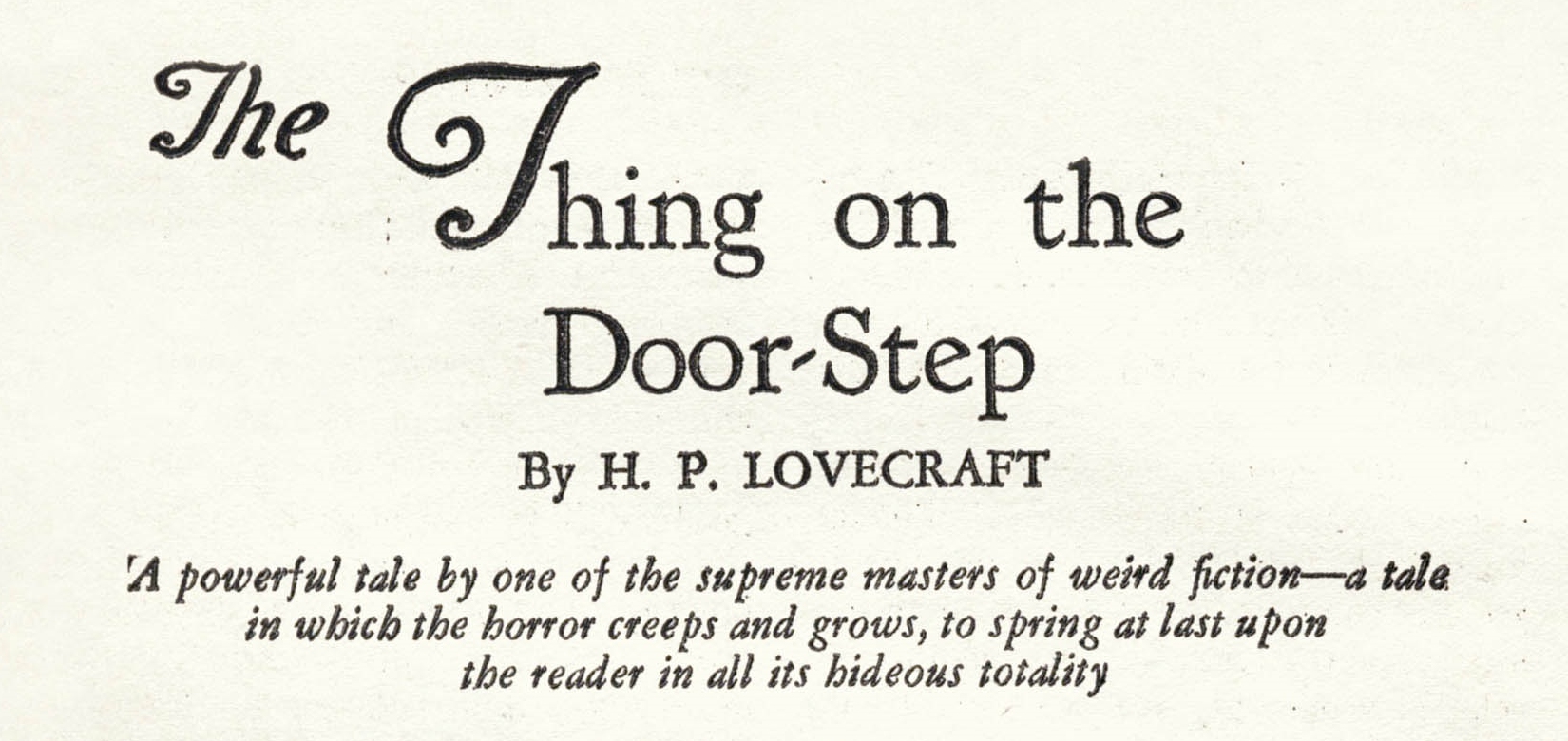
Take Derby’s Nightmare for example. Funded to the tune of 150,000 € in 2018, it was pitched as a mystery-wreathed ‘roguelite’ based on the H. P. Lovecraft short story The Thing on the Doorstep. Developer Piranaking promised “an infinite number of possible catacomb levels, populated by muggers, cultists, and [] weird creatures”. They dangled solo and multiplayer modes, and predicted that DN would eventually be available on PC, Xbox, and PS4 at a price of 14,99 €.
So what happened? Why can’t you purchase or play Derby’s Nightmare today, and why does an internet search unearth no screenshots, press releases, or social media posts? The EACEA’s database has nothing to say on the subject and Piranaking’s website is equally uncommunicative. The real mystery at the heart of DN isn’t “Why is the protagonist fighting for his life beneath Parisian boulevards?” it’s “Where did the money go?”
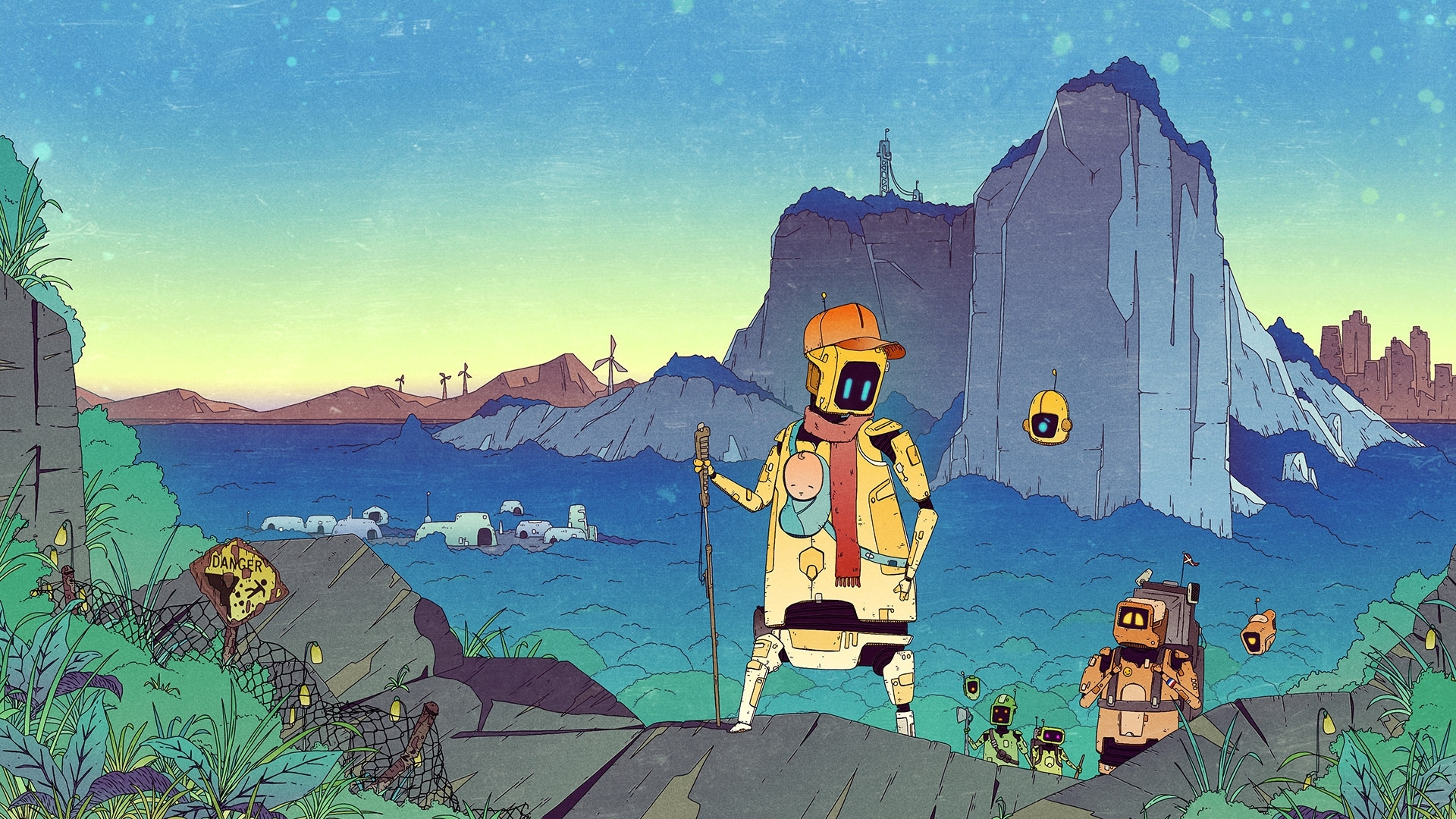
Remarkably, the people who dole-out EU grants to devs don’t seem to care much whether the games they fund ever reach consumers. In 2020, Dublin studio Gambrinous secured 150,000 € for a digital diversion called The Humanity Complex. Despite spending “about 16 months” working on the title, producing some handsome art (see above), and building “a lovely demo”, a publisher couldn’t be found, so the company shelved it, and started work on something else. Generous EU taxpayers are co-funding this game too. The Hellfire Club will actually be the third Gambrinous project to receive financial help from the EACEA, and bring the small studio’s total EU earnings up to an impressive 398,279 €.

Like Gambrinous, Northern Ireland dev Italic Pig has hit the EU jackpot three times, netting almost 400K in all. Unlike Gambrinous, it has yet to release any of the titles it has developed with EU help. Is it embarrassed by this fact? Judge for yourself.
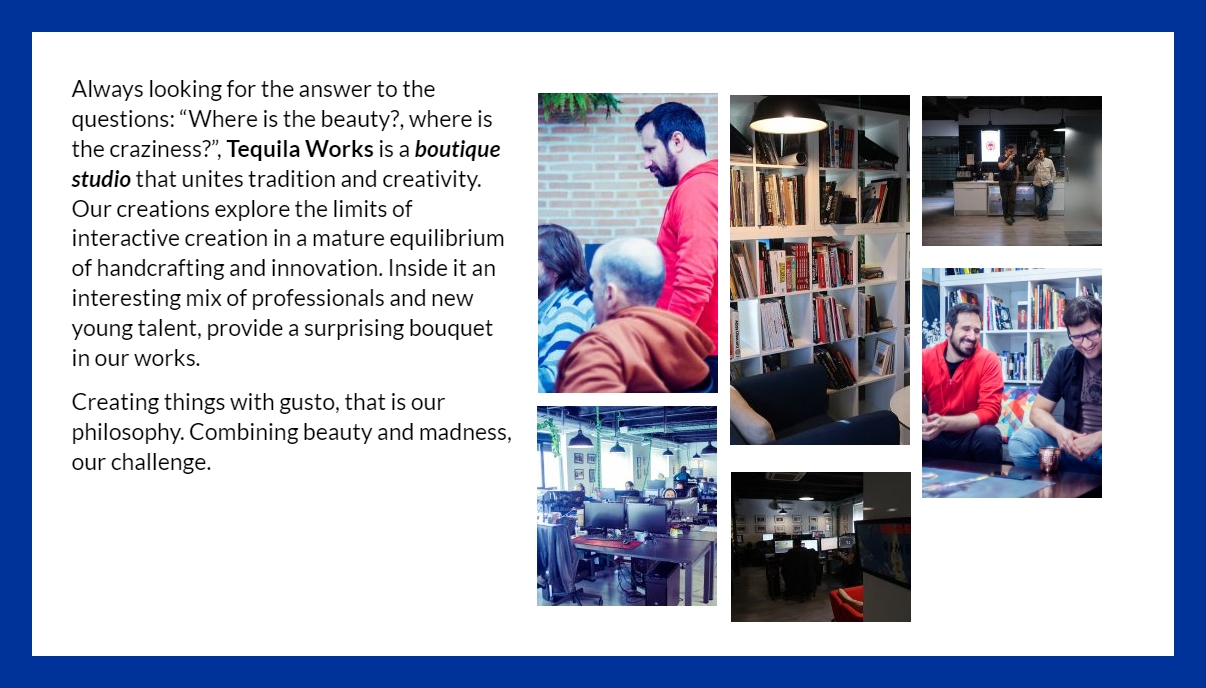
I hope the 150,000 € lavished on Lumberjack in 2018 bought more than these four admittedly rather attractive images. If Madrid-based outfit Tequila Works are still hard at work on a title with a woodsman hero, they are keeping it extremely close to their chest. If Lumberjack does ever see the light of day and prove successful, then one of the biggest beneficiaries is likely to be Tencent, the Chinese conglomerate that bought a sizeable chunk of TW in 2022. So much for investing in ‘European’ game development!
Naturally, I couldn’t resist scouring the Web for details of Cavalry – Through the Ages. In 2019, Aesir Interactive, the German studio behind Police Simulator: Patrol Officers, accepted 150K towards the development of this equine enigma. Since then they’ve spent precisely 0.00% of that lump sum providing details of the game to potential customers and publishers. Is CTtA a Windstorm: Start of a Great Friendship spin-off, perhaps? Is it an exceptionally hoofy wargame? How close is it to release? I’ve just sent an inquisitive email to Aesir, and assuming I receive an informative response before next Friday, all will be revealed in Part 2 of Ghost Games.
(To be continued)

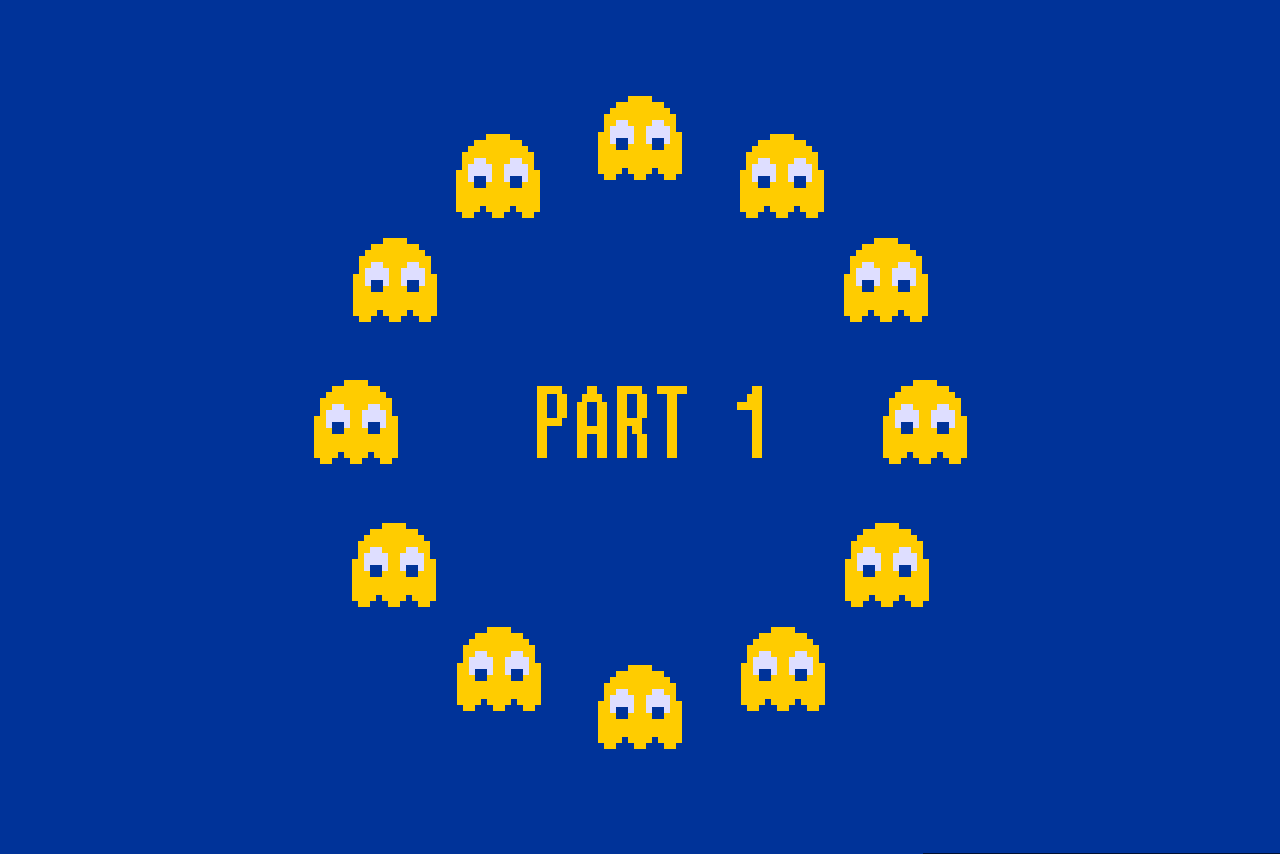
The game funding of the German Federal Government is even worse. 180.000 Euros were spent on a remake of Snake:
https://www.bmwk.de/Redaktion/DE/Artikel/Wirtschaft/Games/Games-Projekte/modern-snake.html
And this “Flight Sim” got over 370.000 Euros:
https://www.bmwk.de/Redaktion/DE/Artikel/Wirtschaft/Games/Games-Projekte/flight-sim.html
My personal favorite is this VR Oktoberfest game, funded with 1.000.000 Euros of taxpayer money:
https://www.bmwk.de/Redaktion/DE/Artikel/Wirtschaft/Games/Games-Projekte/das-oktoberfest-spiel.html
I would be surprised if one of these games ever gets released.
Absolutely scandalous. Did the big German gaming sites cover this?
Not the big mainstream gaming sites, only some smaller ones.
I should also mention, that the total spending on game funding by the German Federal Government is enormous. According to official information it was 200.000.000 Euros between 2019 and 2023. Here is a list of over 500 games that received funding:
https://www.bmwk.de/Navigation/DE/Service/Games-Projekte/games-projekte.html
And that is just on the Federal level, some German states like Bavaria have their own funding.
I’ve checked several games from the list and there are a few that look a little suspicious. For some absolutely no information can be found and others have Steam pages for many years, but were never released and there haven’t been any progress reports. I don’t want to imply that they were intended as vaporware from the beginning, of course it’s always possible that the developers did run into some kind of trouble and had to stop development.
But I think a lot of taxpayer money could have been saved, if funding was only given to developers that already had a working demo and not just a game concept that looked good on paper.
I’m surprised this level of subsidy is permissible under EU rules. ‘Level playing fields’ and all that. Ironically, Creative Europe is probably making things even unfairer within the single market, by routinely awarding more grants to German devs than studios elsewhere.
Ironically, I was once turned down for European funding for a simulation project because some reviewers said it looked like I was trying to make a computer game (despite making the many significant differences clear in the application) and those could only be done by large teams costing millions of Euros. The total amount of requested funding was …. 150,000 Euros!
I think every government does this though, there was Greenshoots in the UK, and you get tax credits also.
The Film industry has similar processes too and often games and films don’t come out.
Oh wow, I did not expect this kind of journalism here. You seriously believe a few million euro for the whole EU is a lot? Or that 150k is going to finance a game, even of an indie company?
Please compare those numbers with real budgets, and also perhaps with similar public funding for movies or music.
Just because seven million Euros is peanuts in terms of the EU’s overall annual budget, and many indie games cost much more than 150K to develop, does that mean we shouldn’t scrutinise and ask questions about the EU’s current approach to developer grants? I’m not against state subsidies in principle, but perhaps there are better ways of spending that money. Part 2 will include some brainstorming on this subject, and, hopefully, some input from industry insiders.
Well of course. I’m not dating 7 million didn’t matter. I’m just counting your statement that it’s such a huge amount of money in this industry. It’s not.
You focused only on the bad and imply any kind of public funding for games that’s done in EU is a waste of money. Meanwhile many of the very successful games had some public funding (of the top of my head, all CD project games, not even including much more expensive for the public budget – preferrential taxes for coders in Poland). I’ve also seen EU funding info on some indie games I enjoyed.
Complaining that some games from small studios were not punished after getting what might have been a fraction of their costs in public funding is just a bit weird. For every good game there are 10 that are flop, that do not bring back the money spent on production, and even more that are never released, killed at some production stage. It’s not weird that a game that was funded was not published or was not a success. Wow the opposite. I know the game press naturally focuses on the winners, but it’s not the full story. Even for some very successful companies one or few of their games provide profits good enough to cover the losses from other games.
All I’m saying is it’s really not that simple and I didn’t like the way the topic was portrayed here.
The sums are irrelevant. They might be just ‘a few million’, (which is a huge amount of money), but it certainly seems like often it is being entirely wasted. Thats before considering the potentially fraudulent applications for funding.
I encourage this sort of journalism. And for the record, it is entirely possible to develop a commercially successful game without accepting €150, 000 of public money. Many people do in their spare time. I remember when Tom ‘Von Francis’ (obscure reference, I’ll grant you that!) started learning to programme – he went on to publish a very successful game that was built predominantly in his spare time.
Tim, I look forward to part two, and it’s well worth investigating.
The sums are relevant, because they are made to seem like a gigantic amount of money for a game. But the reality is different.
Tom Francis is a very talented person who also was lucky, and was already well know in the gaming industry and especially press. His story is not average. Very far from it. There are thousands and thousands of gamedevs trying to do what he did and failing. Last year Steam has 15000 new games added. You probably haven’t even heard about 90% of them, and I think I’m generous assuming you did hear about 1500 new games from last year. And even among this top 10%, most were probably not a success.
Great article. I am looking forward to part two. Windstorm could be modded to a Follyfoot game. I’m already singing the Lightning Tree and dizzy with anticipation.
Good article Tim, thanks for getting into it, looking forward to Part Deux. Apologies if I’m stating the obvious (for many of us, naturally); I think it’s important to remember that the *big* games publishers in recent years simply don’t care about making good games anymore. Why? Because they have already been paid by BlackRock, infiltrated by the World Economic Forum. Of course, I’m talking about Ubisoft and EA. When questioned on it, they simply pay-off “influencers” to make glowing YouTube reviews about how “great” the game in question is, while putting out fake polls with fake sales figures (including employee sock-puppet fake accounts on social media), declaring there is “nothing to see here, everyone is happy, everyone loves us”. Just one EA example: Madden NFL series. Just one Ubisoft example: Rainbow Six series. So, while in the past it was crucial for videogames to actually be of a reasonably good quality to sell well, when game developers are increasingly funded by criminal organisations (who literally print their own money), not so much.
I do tend to agree a bit with Faran’s point that Tim’s article is overly suggestive that this money is wasted in its entirety, without any good outcomes.
The paradigm describe here reminds me of how grants work in science. In the USA, the Nat’l Institutes for Health award tens of billions of dollars in grant money to researchers. How many new breakthroughs does this vast sum produce? Very few.
But the money is essential to the overall and long-term chances of real success. Maybe that’s what this EU program is counting on?
I don’t think ‘Science as it ought to be done today’ is a good comparator. My understanding is that conditions of NIH funding include:
publishing results, both positive (we got a result) and negative (we got no result)
making data available to others
This is a bit more ‘SNP’s explicit sex project’ from six short months ago.
I find the point to be more along the lines of “funding with very low outcome expectations”
I was a bit distracted to make my point clearly.
SCIENCE – every competent, reproducible, non-faked experiment -> analysis -> publication adds to the sum of human knowledge
Funders’ criteria: Does this seek to answer a question worth asking? Does it stand a good chance of producing a result?
ART – ???
Funders’ criteria: ???
I suspect it’s Buzzword Bingo; in this case, include the words ‘European’ and ‘history’ and enough additional synonyms for the two.
“I do tend to agree a bit with Faran’s point that Tim’s article is overly suggestive that this money is wasted in its entirety, without any good outcomes.”
Part 2 should provide a bit of balance. I’ve reached out to some recipients of EU funding, and hopefully they will explain what difference the grants have made to them.
Taking 150k to produce a game and that game not being very good is to be expected under the circumstances. It would be easy to demonstrate that the game studio and its staff had gained experience, learned lessons, set themselves up for future success. Taking 150k and not producing anything at all can very much be considered a failure. Taking 150k, not producing anything, then getting another 150k can be considered a failure on the part of both the game studio and the funder.
If this were an ERC-funded science project, it would demand a commitment to make the project’s assets open source, so at least we could all see (and possibly reuse) the work that was actually done and maybe learn from the failures in either planning and implementation. Without that, any project that doesn’t produce a finished product looks like a scam, even if all the funding was spent on an honest attempt at achieving the stated goals.
I also have mixed feelings about this. On one side, it is a waste of money. On the other hand, it may help people built their strength and confidence in order to reach success later. Curation is an imperfect answer to this issue. Choice are made based on the background of the people in charge, so mistakes and errors are inevitable. After all, they are not machines who can choose the correct answer for each project.
Besides, success doesn’t protect from future failure or boredom. A recent example is Mimimi Games, which decided to close even through they did fairly well for 15 years. Even big companies like Ubisoft or Sony are not protected against failure.
Maybe the question should be about how much can we afford collectively to give to people in order for them to try and make mistake or even fail before succeeding. Assuming we could put a price on it. Again, we are human beings, so we will make mistakes and fail all our life.
Maybe the question should be about the journey rather than its destination.
Great article. I think the key part that some people are missing here is that what Tim is reporting is that not just that it seems to be a waste of money, but that the money is simply vanishing. Of course 150,000€ isn’t a huge sum of money for one project (although it could theoretically support a solo dev for what, five or six years?) And of course many projects don’t succeed, and that’s life.
The key part here is that there seems to be nothing to show for it: no early access attempts, no updates, no post-mortems, not even social media updates. Just some screenshots, in some cases? This reads less as failure and definitely more like complete vapourware. It’s not that the outcomes are unsatisfactory – it’s that there doesn’t seem to be any outcomes at all!
Anyway, looking forward to part 2, and I do hope you get some dev responses. Also I’m hoping part 2 will announce the formation of Tally-Ho Studios, proudly funded by the EU (as an Italian resident I’d be happy to handle the grant applications).
It is this kind of one-sided commentary that ultimately led to Brexit. Years and years of it.
You could also chose to celebrate that the EU is prioritizing game development. Of course mistakes will be made and grifters will try to take advantage.
Amazing games have received this support over the years, including the X-series, and prospered to the benefit of us all.
This was the first part of a multi-part series. While I doubt I’ll end up heaping praise on Creative Europe’s frankly pretty bizarre approach to developer support, in future articles I will be mentioning some of the better co-funded games and giving grant recipients a chance to share their thoughts and stories.